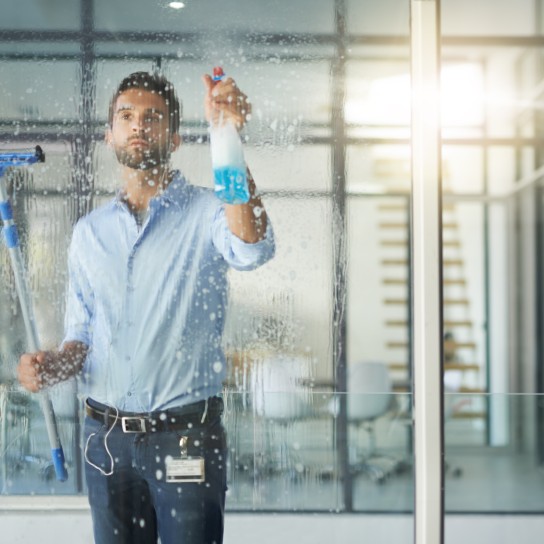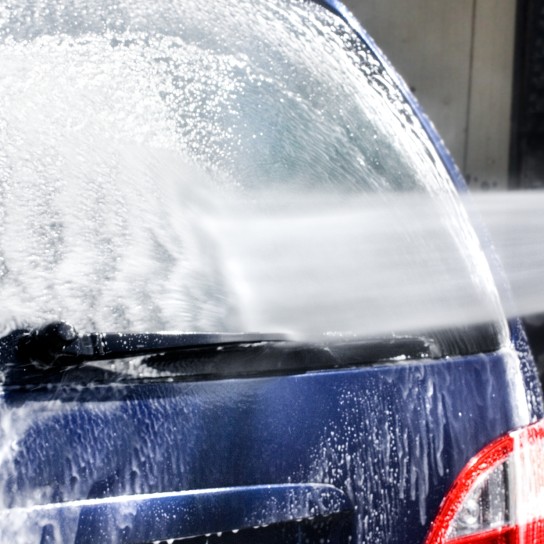Chemical formula for window cleaner
Chemicals in glass cleaners vary depending on the manufacturer. Windex®, by brand name, is America’s most recognized commercial glass cleaner. Windex is such a common name, it has become a verb — such as when someone says they are going to "Windex® the windows."
Windex® as a chemical window cleaner is tremendously popular as a consumer product. According to the website authority Statisa.com, the American cleaning compound industry generates more than $60 billion in annual sales. That includes soaps, detergents and general glass surface cleaners like Windex®. Even the site BusinessInsider.com recognizes Windex® Original Glass Cleaner for reigning supreme because it cuts through grime, doesn’t streak, and is cost-effective.
If you are wondering what Windex is made of, have a look at the SC Johnson website. It clearly lists the ingredients you will find in a Windex® bottle. The Windex® cleaner formula includes the prime ingredient as water. It provides the liquid base to add the remaining ingredients which make up a Windex® solution. These ingredients are:


